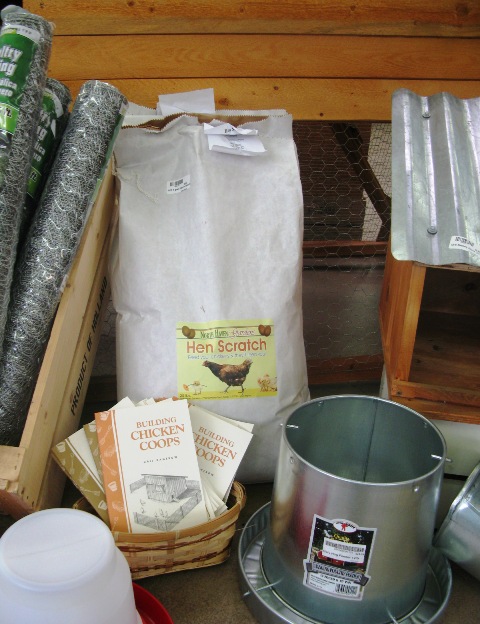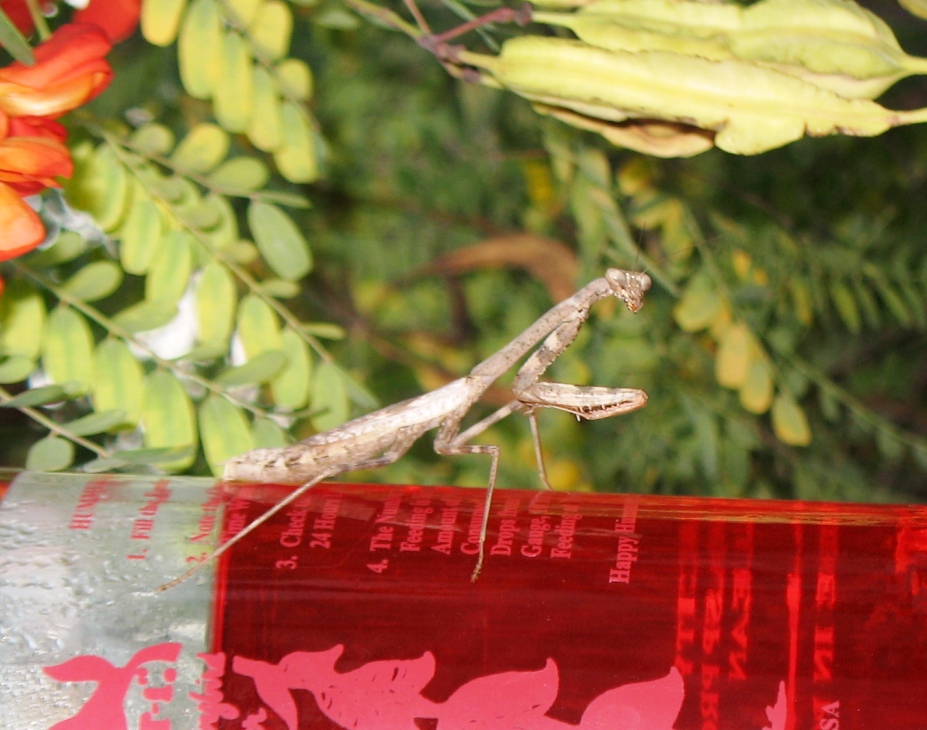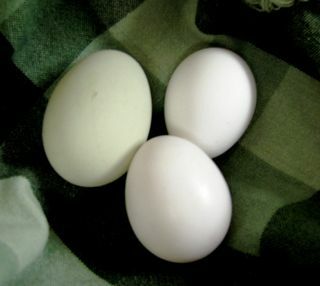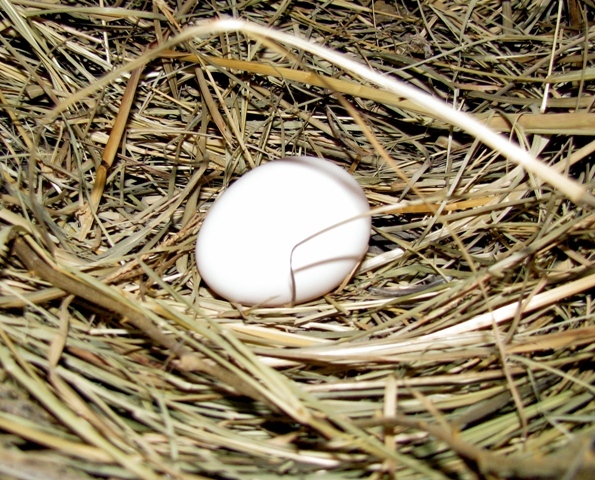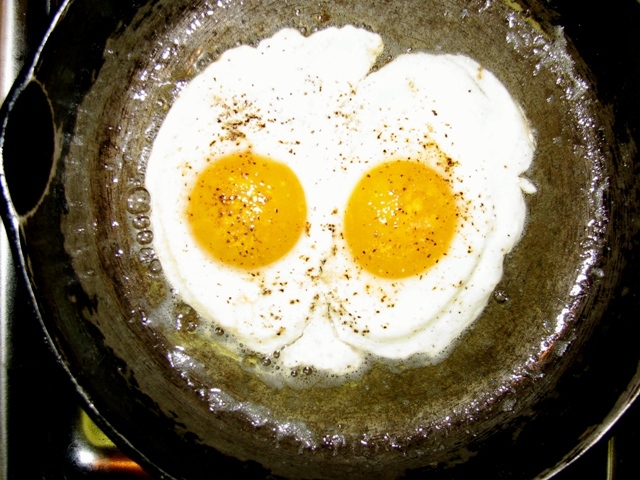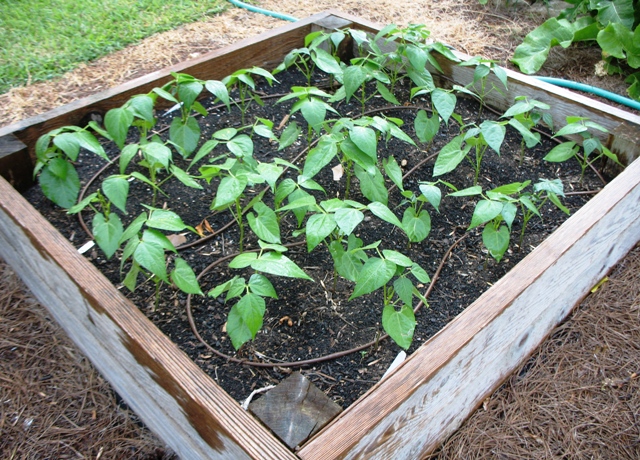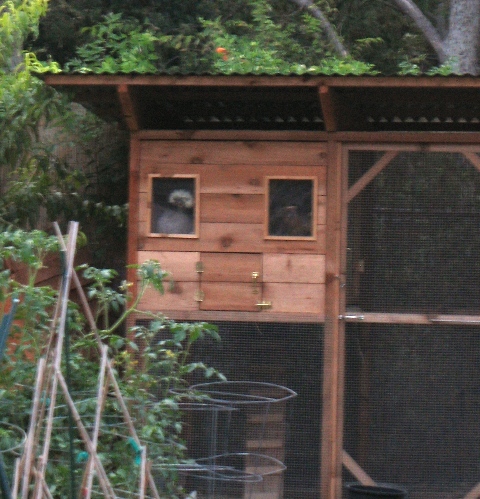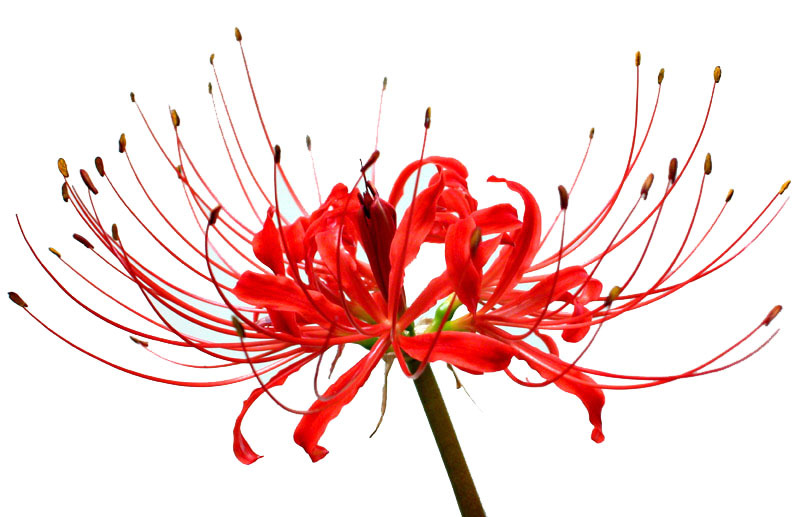Organic chicken feed
September 30, 2009
Ok, you guys have been asking for organic feed, so I just placed an order or Organic Pullet Starter, Organic Layer Feed and Organic Corn today. We hope to get that in at North Haven Gardens within about a week. They will all be 50lb bags because after 6 months of haggling that is the only size I can get! Retail pricing for the feed will be around $60 a bag give or take (don't have final yet) and the corn around $50. So around a buck a pound for the organic. Still waiting on an eta but don't imagine it will be more than a week. We will still carry the conventional layer pellets and scratch. NHG carries lots of backyard chicken keeping supplies like handcrafted cedar arks, nesting boxes, feeders, waterers, supplements, food grade diatomaceous earth, books and more.
